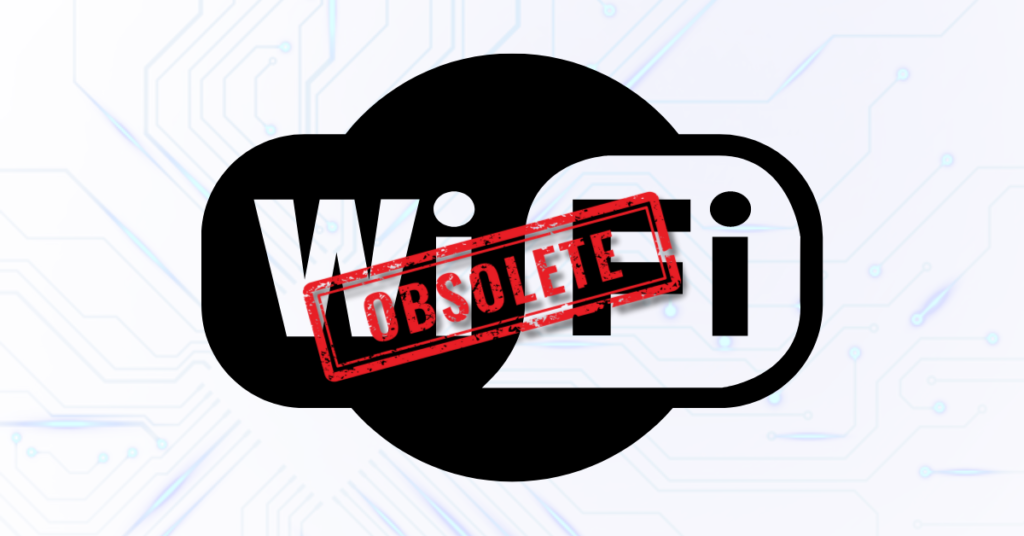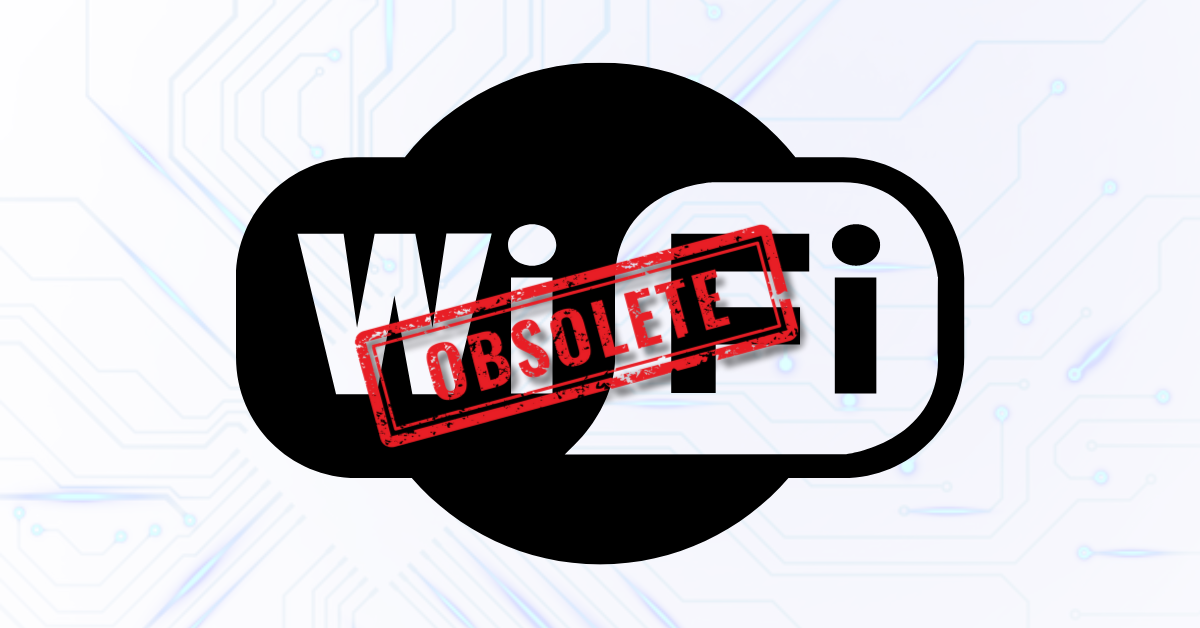
As we navigate an increasingly connected world, the need for faster, more reliable internet is at an all-time high. Wi-Fi has long been the go-to solution for wireless internet access, but emerging technologies threaten to make it obsolete. Here’s a look at why Wi-Fi may soon be a relic of the past and the innovations that could take its place.
Know More: Will Your Next Wi-Fi Be Out of This World?
1. Limitations of Traditional Wi-Fi
Wi-Fi technology, while convenient, has significant limitations:
- Interference and Congestion: Wi-Fi signals can be disrupted by physical obstacles (like walls) and interference from other electronic devices. This leads to slower speeds and dropped connections, particularly in crowded areas.
- Limited Range: The effective range of Wi-Fi is typically confined to a specific area, often requiring additional routers or extenders to cover larger spaces.
- Bandwidth Constraints: As more devices connect to a single network, the available bandwidth can become strained, resulting in slower speeds and reduced performance.
2. Emerging Technologies on the Horizon
Several promising technologies are poised to replace or enhance Wi-Fi:
- Li-Fi (Light Fidelity): Li-Fi uses visible light to transmit data, offering incredibly high speeds that can reach up to 100 times faster than Wi-Fi. By modulating light signals from LEDs, Li-Fi can enable rapid data transfer without the interference common in Wi-Fi networks. While still in its infancy, the potential for Li-Fi in areas like homes, offices, and public spaces is enormous.
- 5G Networks: The rollout of 5G technology has revolutionized mobile internet access, providing ultra-fast speeds and low latency. With the ability to connect a massive number of devices simultaneously, 5G is positioned to serve as a strong alternative to Wi-Fi, especially in urban environments and areas lacking wired infrastructure.
- Satellite Internet: Companies like Starlink are pioneering satellite internet technology, providing high-speed internet access even in the most remote locations. By using a constellation of satellites orbiting Earth, this technology aims to deliver reliable connectivity worldwide, potentially reducing the need for traditional Wi-Fi networks.
- Mesh Networking: Mesh networks utilize multiple nodes to create a cohesive network, allowing devices to communicate with each other directly instead of relying on a single router. This technology can cover larger areas more effectively and is resilient to interference, making it a robust alternative to traditional Wi-Fi setups.
3. Benefits of These Alternatives
The technologies poised to replace Wi-Fi come with several compelling benefits:
- Increased Speeds: Many of these alternatives promise significantly faster internet speeds, enhancing everything from streaming to online gaming.
- Greater Reliability: Technologies like Li-Fi and satellite internet can offer more consistent connectivity, reducing downtime and improving user experiences.
- Broader Coverage: With satellite and mesh networks, users can enjoy internet access in areas previously underserved by traditional Wi-Fi, expanding connectivity to more people.
- Scalability: These technologies can be easily scaled to accommodate growing demands, providing future-proof solutions as the number of connected devices continues to rise.
4. The Road Ahead
While these emerging technologies hold great promise, challenges remain. Infrastructure development, regulatory hurdles, and consumer adoption will all play critical roles in determining the speed and success of these advancements.
- Investment and Development: Significant investment will be required to develop the infrastructure for widespread adoption of alternatives to Wi-Fi. Companies, governments, and communities must collaborate to ensure equitable access.
- Public Awareness: Educating consumers about these new technologies and their benefits will be crucial for widespread acceptance. As people learn about the limitations of Wi-Fi, they may become more receptive to alternative solutions.
- Integration with Existing Systems: As new technologies emerge, finding ways to integrate them with existing Wi-Fi systems will be essential to ensure a smooth transition.
Conclusion: Embracing a New Era of Connectivity
As the world continues to evolve, so too must our methods of connectivity. Wi-Fi has served us well, but the advent of technologies like Li-Fi, 5G, satellite internet, and mesh networks suggests that a new era of internet access is on the horizon. While Wi-Fi may not disappear overnight, its dominance is increasingly being challenged by alternatives that promise faster speeds, greater reliability, and wider coverage.
The question is not just whether Wi-Fi will become obsolete, but rather how quickly consumers will embrace the innovations that offer a better, more efficient way to connect. Stay tuned—your next internet experience might just be out of this world!

